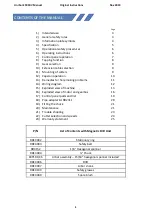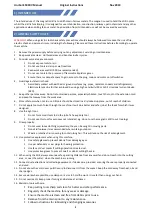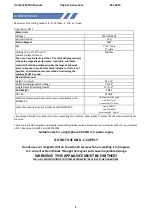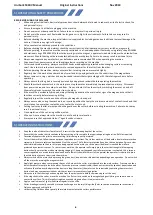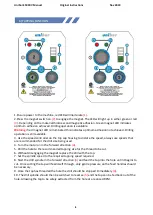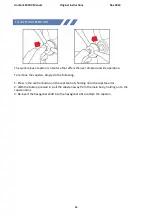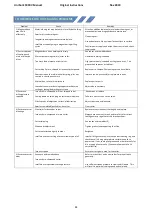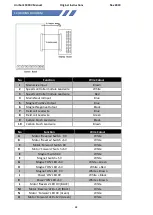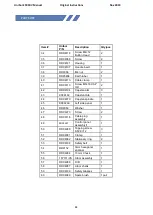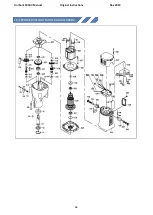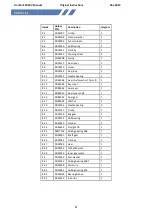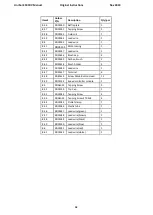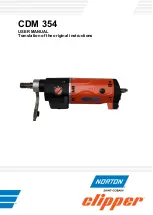
Unibor E50 FRV Manual
Original Instructions
Nov 2019
3
1) INTENDED USE
The intended use of this magnetic drill is to drill holes in ferrous metals. The magnet is used to hold the drill in place
whilst the drill is functioning. It is designed for use in fabrication, construction, railways, petrochemical and any other
applications when drilling ferrous metal. Any deviation from its intended use will not be covered by warranty.
2) GENERAL SAFETY RULES
WARNING!
When using electric tools basic safety precautions should always be followed to reduce the risk of fire,
electric shock and personal injury, including the following. Please read these instructions before attempting to operate
the machine.
1.
Remove the power supply before carrying out any adjustment, servicing or maintenance.
2.
Keep work area clear - cluttered areas and benches invite injuries.
3.
Consider work area environment.
▪
Do not expose tools to rain.
▪
Do not use tools in damp or wet locations.
▪
Keep work area well lit (500 Lux recommended).
▪
Do not use tools in the presence of flammable liquids or gases.
▪
Ensure there is adequate space to gain access to the plug, mains and motor on/off switches.
4.
Guard against electric shock:
▪
Avoid body contact with earthed or ground surfaces (e.g. pipes, radiators, cookers and refrigerators).
Electric safety can be further improved by using a high-sensitivity (30 m A/0.1s) residual current device
(RCD).
5.
Keep other persons away. Do not let untrained persons, especially children, touch the tool or the extension cord
and keep them away from the work area.
6.
Store idle tools when not in use. All tools should be stored in a dry locked-up place, out of reach of children.
7.
Do not apply too much force through the machine. It will do a better and safer job at the feeds for which it was
designed.
8.
Use the right tool.
▪
Do not force small tools to do the job of a heavy-duty tool.
▪
Do not use this tool for purposes not intended: e.g. do not use the magnetic drill to cut tree logs.
9.
Dress properly.
▪
Do not wear loose clothing or jewellery; they can be caught in moving parts.
▪
Non-skid footwear is recommended when working outdoors.
▪
Wear a protective hair covering to contain long hair. This will reduce the risk of entanglement.
10.
Use protective equipment when using this machine.
▪
Use safety glasses to prevent debris from damaging eyes.
▪
Use ear defenders or ear plugs for hearing protection.
▪
Use face or dust masks if cutting operations create dust.
▪
Use protective gloves to prevent swarf or debris cutting the skin.
11.
When using the drill, always ensure a safe operating distance from any swarf and do not reach into the cutting
area, or near the cutter, when the machine is running.
12.
Connect dust extraction and collecting equipment, if devices are provided, ensuring these are properly connected
and used.
13.
Do not abuse the cord; never pull the cord to disconnect it from the socket. Keep the cord away from heat, oil and
sharp edges.
14. Secure work where possible, use clamps or a vice to hold the work. It is safer than using your hand.
15.
Do not overreach! Keep proper footing and balance at all times.
16.
Maintain tools with care.
▪
Keep cutting tools sharp and clean for better and safer performance.
▪
Regularly check the machine for any wear or damage.
▪
Ensure the machine is clean and free from debris prior to use.
▪
Remove from the mains prior to any maintenance.
▪
Follow instructions for lubricating and changing accessories.


